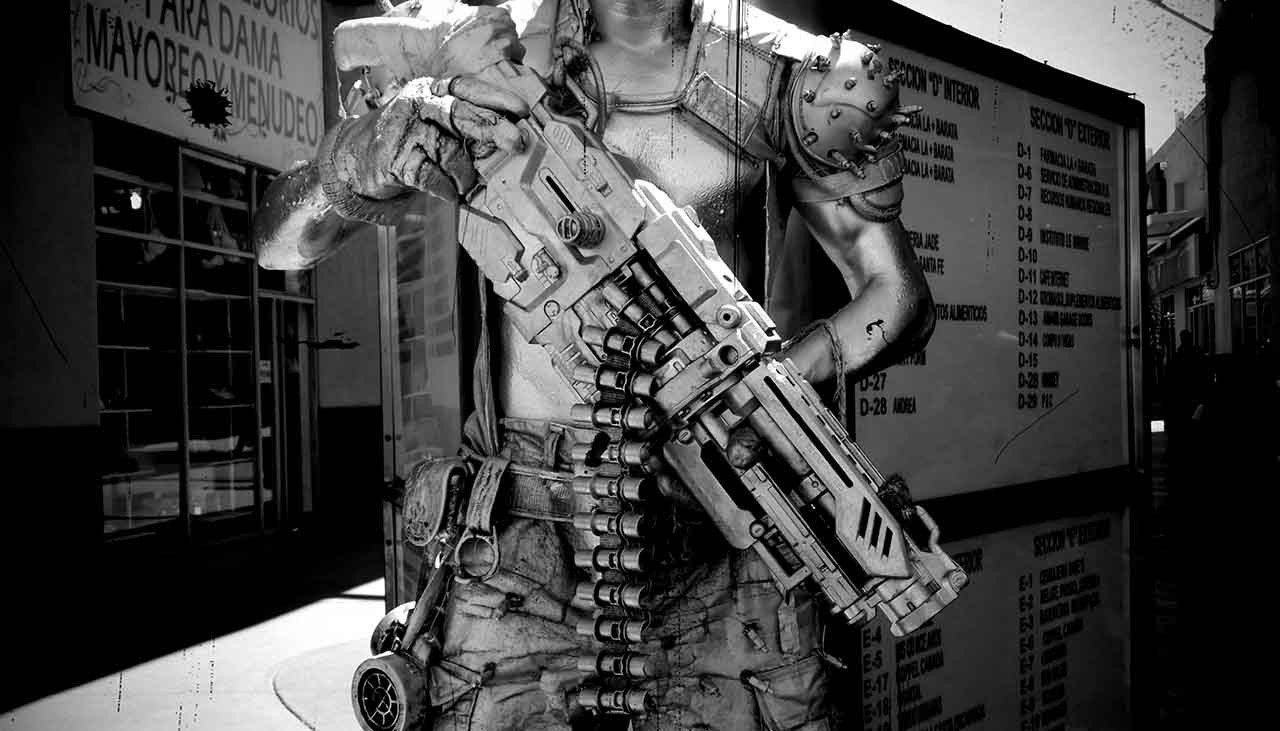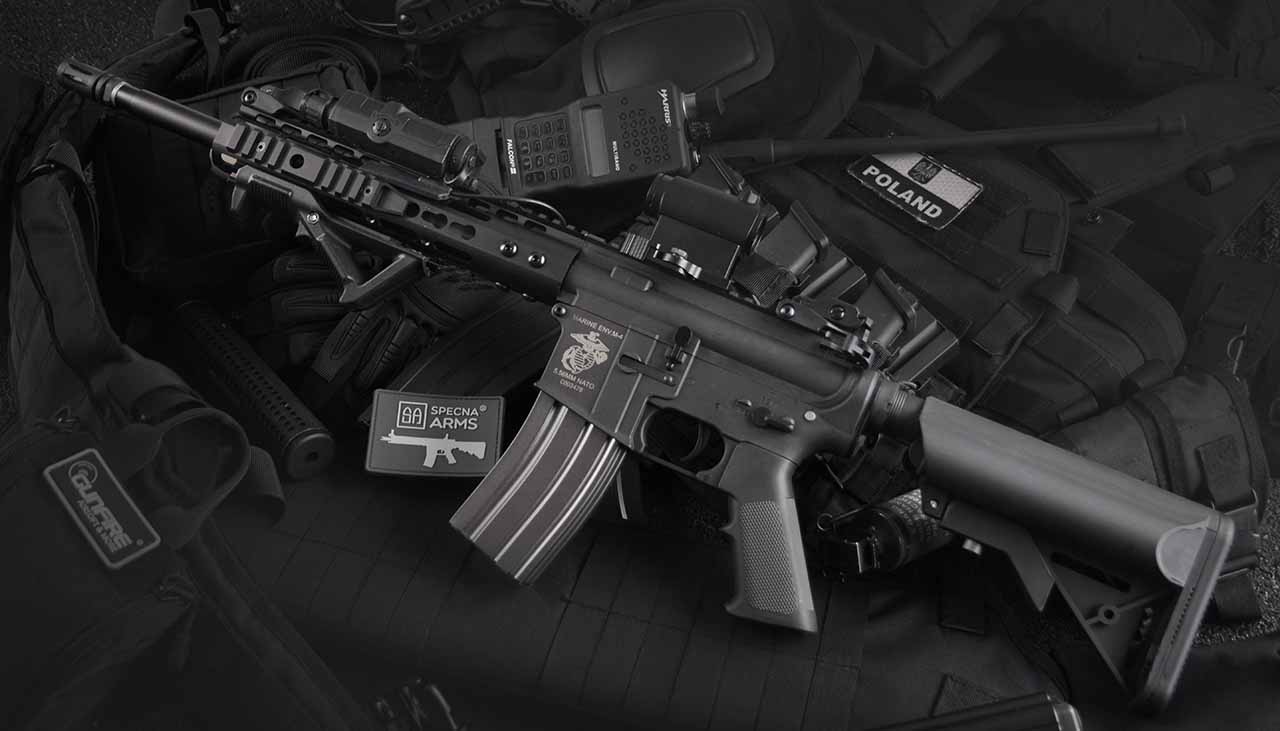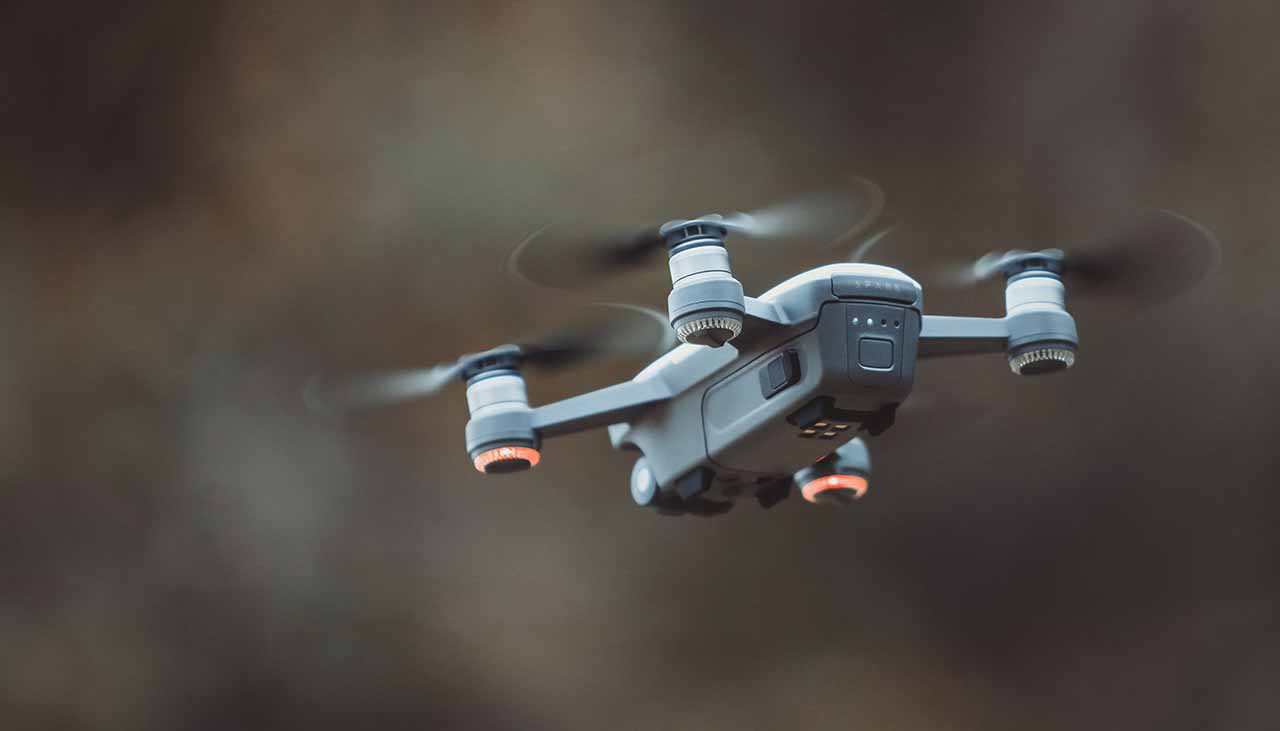Purchasing your first handgun can be an exciting yet overwhelming experience. With countless models, calibers, and features available, knowing where to start can be challenging. Whether you’re buying for self-defense, home protection, target shooting, or recreational use, selecting the right handgun requires understanding your needs, comfort, and legal responsibilities.
This guide will walk you through everything a beginner should consider when choosing their first handgun, from understanding firearm basics to making an informed purchase.
Understanding the Purpose of Your Handgun
Before buying a handgun, it’s essential to define why you need one. Different firearms serve different purposes, and selecting the wrong type may result in a frustrating experience.
- Self-Defense & Concealed Carry – If you’re looking for a firearm for personal protection, you’ll want a lightweight, compact, and easily concealable handgun. Many people choose subcompact or compact semi-automatic pistols or revolvers in calibers such as 9mm or .380 ACP.
- Home Defense – For home protection, size isn’t as much of a concern. A full-sized handgun with a higher magazine capacity may be a better option. These models offer better control and recoil management, making them easier for beginners to handle.
- Target Shooting & Recreational Use – If you’re interested in learning to shoot for sport or leisure, a full-sized pistol chambered in .22 LR or 9mm is an excellent starting point. These calibers are affordable and have manageable recoil, making it easier to build shooting skills.
- Competition Shooting – If you plan to compete, certain firearms designed for precision shooting and rapid-fire performance may be more suitable. However, as a beginner, starting with a general-purpose handgun is advisable before advancing to competition models.
Choosing Between a Revolver and a Semi-Automatic Pistol
New gun buyers often struggle with the decision between a revolver and a semi-automatic pistol. Each has its own set of advantages and disadvantages.
Revolvers
✅ Pros:
- Simple operation and reliability
- Easier to clean and maintain
- Less prone to jamming
- Can be left loaded for extended periods without worry
❌ Cons:
- Lower ammunition capacity (usually 5-6 rounds)
- Slower to reload compared to semi-automatics
- Heavier triggers, making them harder to shoot accurately for beginners
Semi-Automatic Pistols
✅ Pros:
- Higher ammunition capacity (typically 10-17 rounds)
- Faster reload times
- Lighter trigger pull, making them easier to shoot accurately
- More ergonomic and customizable options
❌ Cons:
- Requires more maintenance and cleaning
- More complicated to operate for beginners
- Potential for malfunctions (jams) if not used correctly
If you’re a first-time buyer and prefer simplicity and reliability, a revolver might be a better choice. However, most modern handguns are semi-automatics due to their ease of use, capacity, and performance advantages.
Selecting the Right Caliber
Choosing the right caliber is one of the most important decisions when purchasing a handgun. The caliber determines the size and power of the bullet, affecting recoil, stopping power, and ammunition cost.
- .22 LR – Great for beginners due to its low recoil and inexpensive ammunition. Ideal for practice and target shooting.
- .380 ACP – A popular choice for concealed carry, but some find its recoil snappier than expected.
- 9mm – The most recommended caliber for first-time buyers. It offers a balance of manageable recoil, affordability, and effectiveness for self-defense.
- .40 S&W / .45 ACP – These calibers have more stopping power but also higher recoil, making them less ideal for beginners.
- .357 Magnum / .44 Magnum – High-power rounds primarily used for hunting or experienced shooters. Not recommended for new gun owners.
For first-time buyers, a 9mm semi-automatic pistol or a .22 LR handgun for target shooting is a solid choice.
Finding the Right Fit: Comfort and Ergonomics
Not all handguns feel the same in your hand. Comfort and grip are crucial factors in choosing a firearm. When holding a handgun, ask yourself:
- Does it fit naturally in my hand?
- Can I reach the trigger without straining my finger?
- Is the grip comfortable and secure?
- Is it too heavy or too light for me to control easily?
Many gun stores and shooting ranges allow you to handle or even test-fire firearms before purchasing. Always choose a handgun that feels comfortable and balanced in your hands.
Testing Before Buying: Why the Shooting Range Matters
One of the best things you can do before purchasing a handgun is to visit a shooting range. Many ranges offer rental options, allowing you to test different models and calibers.
Shooting different guns will help you determine:
- Which model fits your grip and hand size best
- How much recoil you’re comfortable managing
- Whether you prefer a revolver or semi-automatic pistol
- If you like the sights and trigger pull
Investing time at a range before making a decision will ensure you buy the right firearm the first time.
Understanding Firearm Safety and Storage
Owning a handgun comes with serious responsibilities. Before purchasing, every first-time buyer should commit to learning firearm safety.
- Treat every firearm as if it’s loaded. Never point a gun at anything you don’t intend to shoot.
- Keep your finger off the trigger until you’re ready to fire. Many accidental discharges happen due to poor trigger discipline.
- Store your firearm securely. Use a gun safe or lockbox to prevent unauthorized access. If you have children at home, safety should be your top priority.
- Know your local laws. Gun laws vary by state and country. Research what permits, background checks, or concealed carry requirements apply to your purchase.
Making Your Purchase: What to Expect
When buying a handgun, whether from a gun store, a gun show, or a private seller, be prepared to:
- Undergo a background check (in most locations).
- Provide proper identification (usually a government-issued ID).
- Wait through a mandatory waiting period, if required by your state.
- Purchase a secure case or safe for storage if required.
Consider buying from a reputable dealer who offers warranties, return policies, and knowledgeable advice. Avoid impulse buys—take your time to ensure you’re choosing the right firearm for your needs.
Conclusion
Buying your first handgun is an important decision that requires research, hands-on testing, and responsible ownership. Understanding your purpose, choosing the right caliber, and ensuring a comfortable fit will help you make a confident and informed purchase.
Whether you’re looking for self-defense, home protection, or recreational shooting, the right handgun will be one that you can safely and effectively use. Take your time, visit a range, and don’t be afraid to ask for guidance. With the right preparation, you’ll find a firearm that meets your needs and helps you become a responsible gun owner.






